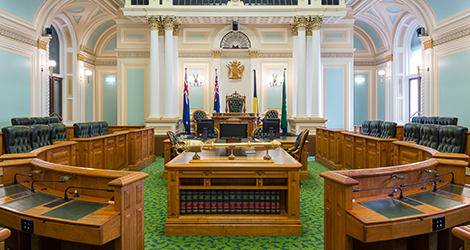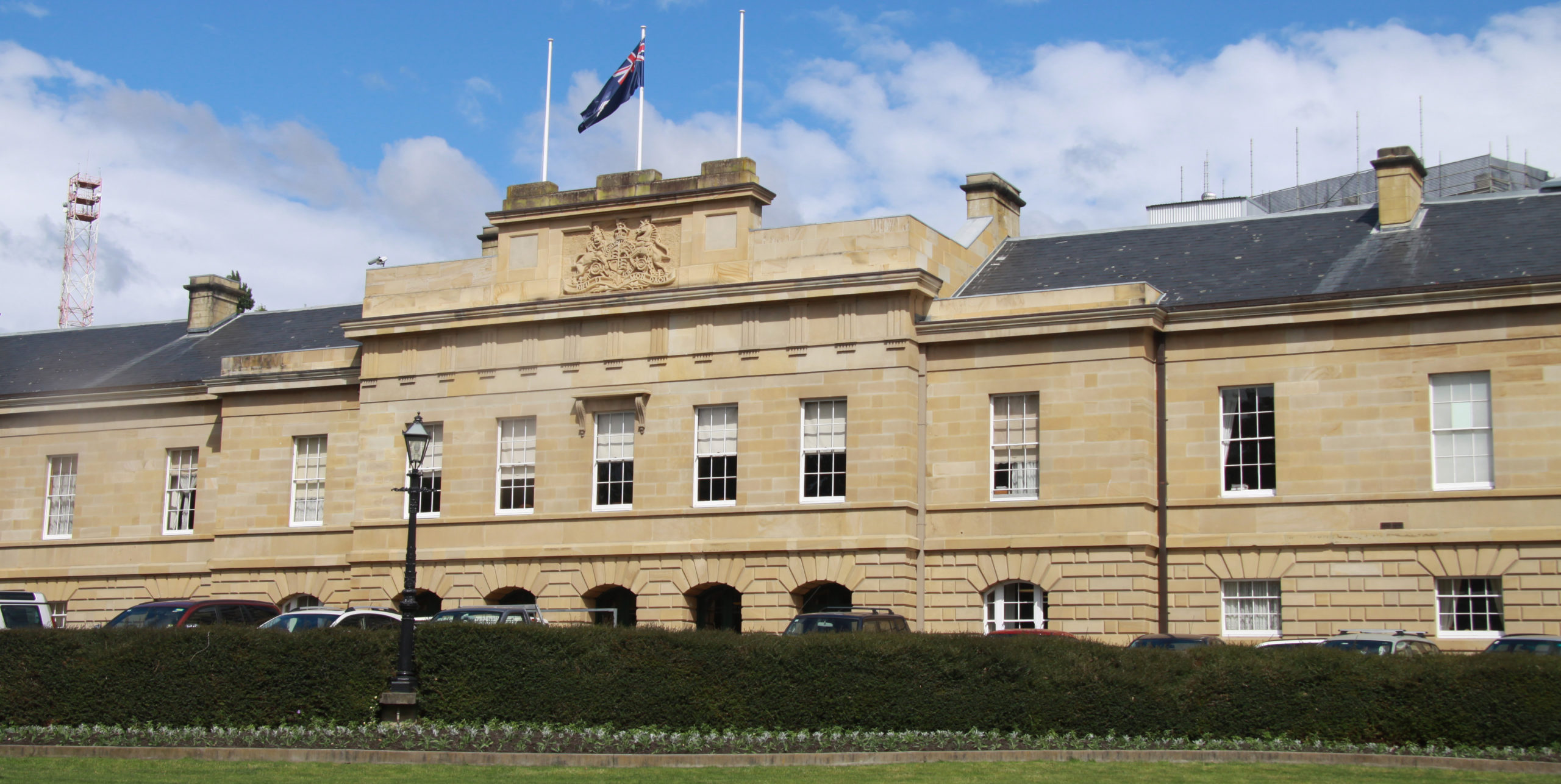Sydney Trains’ Rail Repair Plan has reached a key milestone three months ahead of schedule with more than 1,916 high-priority defects and over 29,000 defects in total repaired since the NSW Government launched the work.
The $97 million program kicked off in June 2023 to improve reliability and resilience of the transport network. From September 2023 to March 2024 the seven-month average for peak on-time-running is the best it’s been since 2021.
When the Rail Repair Plan was launched, the target was to remove 75 per cent of high-priority defects (1,916) to get the maintenance backlog under control to “acceptable levels” within 12 months.
Due to the rapid progress of the Rail Repair Plan, Sydney Trains has committed to a revised target to remove 2,116 high-priority defects before the end of June.
Regular trackwork is critical for the safety, reliability, and efficiency for the millions of people across NSW who use the rail network to get around.
Trackwork, maintenance, and reliability upgrades are crucial across the ageing network, with some parts over 100 years old.
The Rail Repair Plan has greatly improved the ways trackwork and maintenance are delivered, including utilising additional resources within existing rail shutdown periods. Trackwork will continue after the Rail Repair Plan is complete, over weekends and during school holidays when patronage is reduced.
South Coast line repair work update:
Last week’s torrential rain led to significant disruption on the South Coast line, with damage occurring at Coalcliff and between Kiama and Bomaderry.
250 Sydney Trains crew worked continuously over a 90 hour period to repair 200km of track and restore services north of Kiama by Tuesday morning.
Services are running between Wollongong and Waterfall at a reduced timetable due to a significant landslip at Bald Hill. Workers will return to the line this weekend as work continues to enable the restoration of a full timetable.
Work between Kiama and Bomaderry is still underway, with truckloads of ballast being delivered to Berry station to restabilise rail lines.
Premier Chris Minns said:
“Months ahead of schedule, over 29,000 defects on our rail system including 1,916 high-priority defects have been repaired as result of the NSW Government’s Rail Repair Plan.
“This critical work to repair our train network will make it safer and more resilient for millions of people who catch a train in our city with peak on-time-running the best it’s been since 2021.
“For too long, governments have prioritised flashy announcements over the basic running of our trains so I’m very pleased at the progress this government has made in getting our trains back on track.
“To the staff that have been working around the clock to repair our train network and minimise disruptions for commuters, thank you.”
Transport Minister Jo Haylen said:
“I am very proud of everyone at Sydney Trains who has jumped on board the Rail Repair Plan and exceeded all expectations with the results.
“While we have made exceptional progress, there is still much work to be done and I will not stop until we have the most reliable and resilient network possible for the passengers of New South Wales.
“When I first launched the Rail Repair Plan in June last year, it was evident we had a lot of work to do, and getting on top of the maintenance backlog was the first step.
“I’d like to thank our passengers for their patience and understanding, and our hardworking staff for striving to deliver a rail network the people of NSW deserve.”
Sydney Trains Chief Executive Matt Longland said:
“We’re now on top of the maintenance backlog on the rail network, which will provide more reliable trips for passengers and less incident with infrastructure.
“I’m so proud of our teams who have worked really hard to exceed all targets months ahead of schedule.
“Our trackwork teams will still be out there working hard each weekend to keep on top of the maintenance task and maintain reliability, but we won’t see as many impacts for customers when buses replace trains during trackwork. And that’s a good outcome for everyone.”







